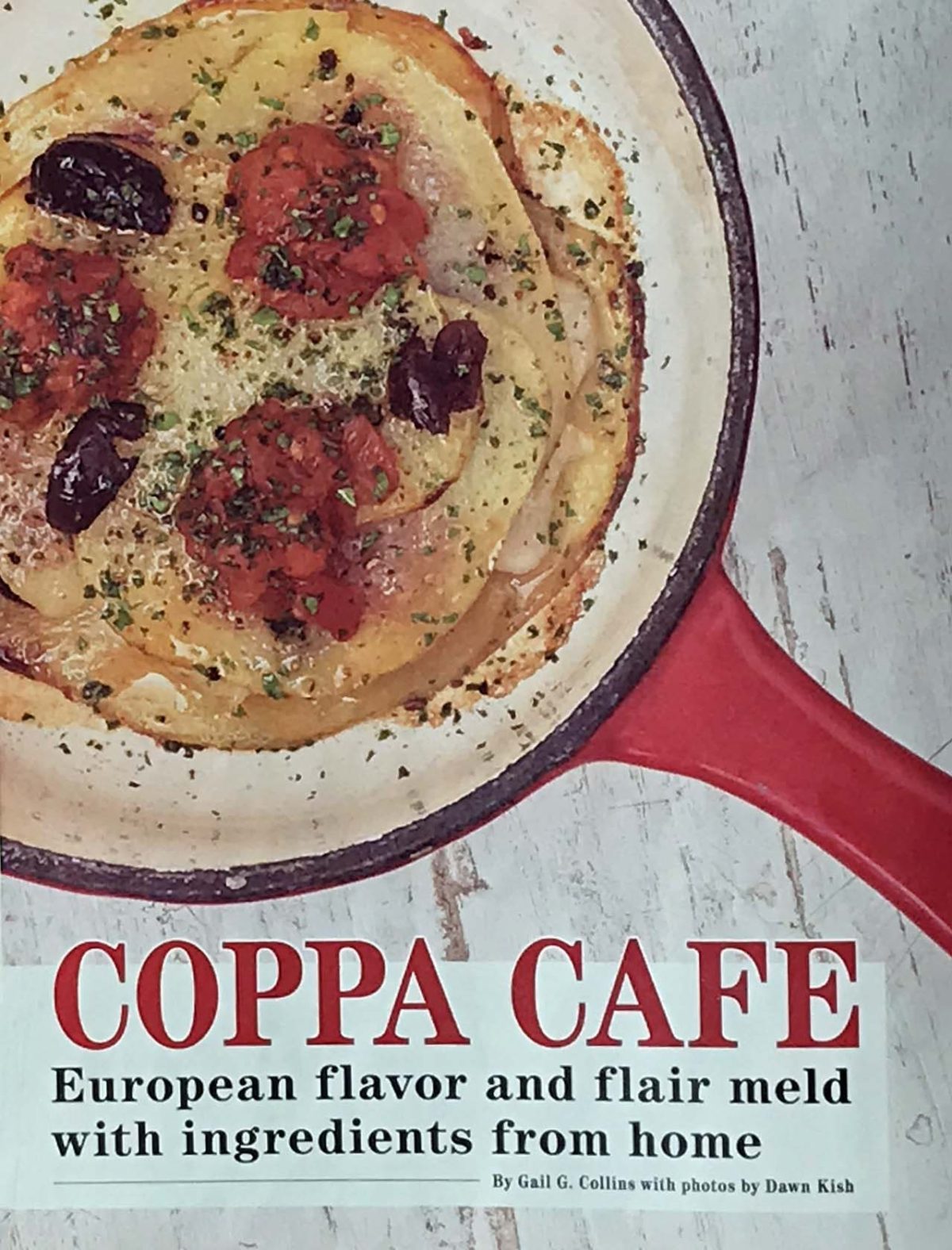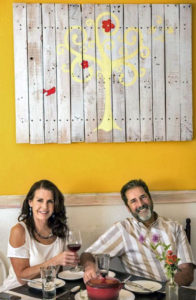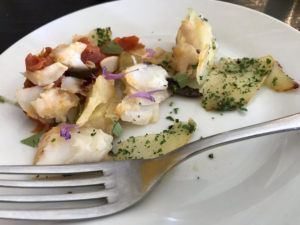Northern Arizona’s Mountain Living Magazine, September 2018
Written by Gail G. Collins
As we travel, we taste and retain sensations that are activated by similar smells, sounds or sights. The scent of orange blossoms transports us to a stroll on the labyrinth streets of Seville’s Barrio Santa Cruz, or the delicate crunch of a macaron spread with pistachio ganache places us in Paris at Ladurée once more.
Culinary culture is an intricate and integrated part of travel, but marking the miles isn’t necessary to gather such sensual awareness. Leading chefs build a practiced foundation of globally seasoned skills to appeal to the hungering traveler in all of us.
Basic flavor profiles include Mediterranean, Latin American and Asian. Within these regions, sub-profiles exist, driven by climate, agriculture and lifestyle. For example, the Mediterranean pantries of Spain, France, Greece, Egypt and more consist of similar products, but the cooking methods can differ. Further, the fundamental flavor combination of olive oil and garlic ranges from French aioli to Italian pesto and Tunisian harissa. Oh, the range of recipes they reap.
Brian Konefal, owner and chef of Coppa Cafe in Flagstaff, has built an engaged following by introducing guests to global menus. “The idea is to visit a restaurant and taste dishes from abroad without having to travel.”
That said, Konefal has traveled to gather practical knowledge, history and culture with a hands-on year in Barcelona. “The moments of food in a place—freshly plucked or locally cured—the nostalgia of terroir is important, and then, the practice of craft steps up.”
The chef employs European techniques and care, offering such standards as steak frites, while changing up most dishes routinely. Wife Paola Fioravanti advised him, “Remember the first time you ate something. Introduce foods that way and educate others.” Previously the pastry chef, she handles the financial aspects and menu modifications at Coppa.
Coppa Cafe presents as a Euro-bistro and pastry case in colors of ochre and cream with mismatched tables and chairs under a coffered ceiling. Art with whimsical touches complete the airy esthetics.
As the world grows smaller through travel and taste experiences, it also can remain locally focused. Konefal showcases Northern Arizona while inviting guests to eat globally with better ingredients from a stable food source. Verde Valley farmers trade early produce with an extended season, while the chef forages the land building a cache for the cafe’s use.
Highlighting the forest’s summer’s bounty, Coppa Cafe showcases a foraging feast. Mushrooms—like classic porcini or rare Caesar—truffles, crayfish and roasted game create a 12-course menu. Cheeses, sorbets and port, made with wild elderberries, round out the experience. “It’s a massive palate of colors and flavors,” Konefal said.
To make destination dinners more accessible, he introduced three-course prix fixe events. To date, guests have supped on Spanish, Italian and French menus. This night, it was Portugal with its delicious history. The meal began with rustic bread on an aspen board, replete with anchovy butter and staged with a wheat and blossom spray. The cook’s garden is filled with herbs and edible flowers.
Caldo verde served as the starter—lumps of house made chouriço, or chorizo sausage, brightened with red pepper, in puréed soup, topped with chiffonade chard and buoyant beads of olive oil. We indulged in the wine pairing, all house blends. The Pluma Vinho Verde 2016 provided an effervescent, floral sip.
Salt cod is an excellent example of Konefal’s desire to translate authentic recipes—he has an affinity for old cookbooks—into an appreciative dish. The cod is soaked extendedly before lightly cooking it in milk. Add garlic, whisper-thin fingerling potatoes, olive oil, and then, top the terrine with tomato comfit and fresh thyme for a modernized peasant fish dish. A light, fruity vinho rose, composed of Bonavita 2015 and Aliança 2017, accompanied the cod.
An egg yolk tart comprised dessert, both common and complimentary. A bit of lore: It is believed that egg whites were used to clarify wine, so monasteries, which first produced liquid heaven in a glass, proffered custards for sale, made from surplus yolks. Scoop rich vanilla gelato, brushed with cinnamon, alongside the pastel de nata, and breathe the tawny aroma of Porto Kopke in a fine toast to our Portugal visit.
Alma and Herman Fermia dined nearby and raved about the posh feast. High praise from former New York City residents, who compared the attention and skill of this mountain town cafe to the Big Apple.
After eight years building his brand with Coppa Cafe, Konefal said, “I am blessed to cook whatever I want for a loyal and local clientele, exposing them to more, as I build the business to be all I envision.” NAMLM
Coppa Café, 1300 S. Milton Rd. #107, is open for happy hour and dinner Monday through Saturday and offers Sunday brunch from 10 a.m. to 3 p.m. Call(928) 637-6813 for reservations.



